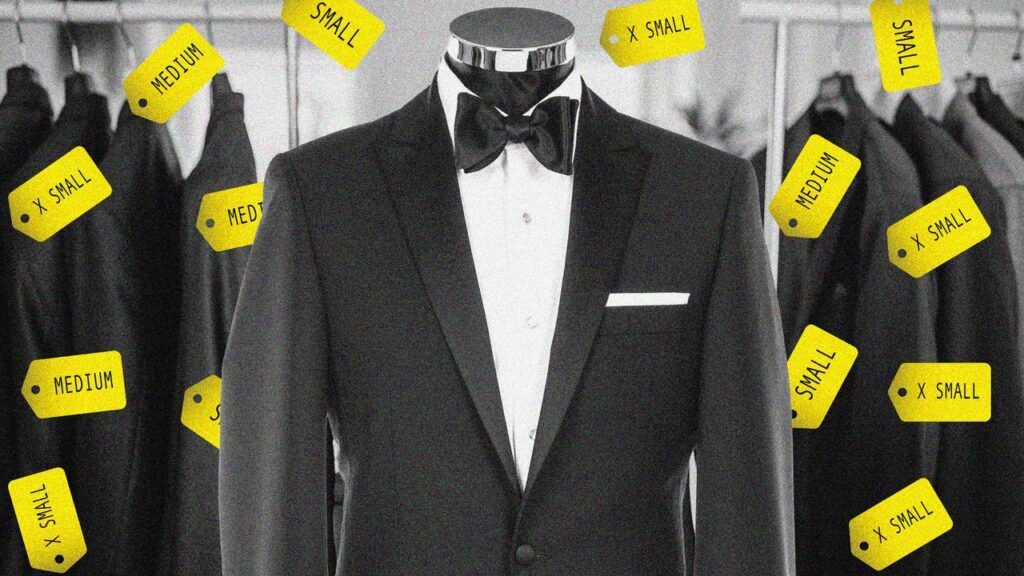I never understood the phrase “the clothes make the man.” Because if that’s really true, what happens when the clothes simply don’t, well, fit?
I’m what polite retailers like to call “broad build,” and what my less-diplomatic mates might call a “big lad.” Not six-pack big. Not gym-bro big. Just big. Bigger than most mannequins. Bigger than the guys you see modeling clothes online. And certainly bigger than the measurements that most brands seem to base their sizing on.
The struggle usually begins—as most struggles do—in the changing room. You saunter in feeling pretty optimistic. Maybe this new label has finally cracked it! You pick out something marked “XL” or “XXL” (depending on the day). You slip it on. And then, almost every time, you get that loud, unmistakable no from the mirror.
Tight on the arms, loose at the waist. A shirt that fits across the shoulders but won’t button at the neck. Or worse: something that technically fits, but somehow manages to make you look…weird? And that’s when you remember: The sizing system is well and truly fucked.
An XL from one brand fits like a dream; from another, it feels like some kind of ritual humiliation. Soon you find yourself building a mental cheat sheet: which labels secretly run small, which ones are forgiving, and which to avoid entirely unless you want to feel like you’re wrapped in cling film. At that point, shopping becomes less about treasure hunting and more like an exhausting game of menswear minesweeper. I’m not alone. According to a 2024 study conducted by size-inclusive brand N Brown, 43 percent of British men find shopping for clothes way too stressful.
Which makes a lot sense when you look at the numbers. According to NHS figures, the average British man now has a waist close to 40 inches, yet at many clothiers, XL often tops out at 38 inches (sometimes even 36)—and that’s if the brand even carries bigger sizes at all. In 2023, Vogue Business reported that only 41 percent of luxury menswear brands stock XXL and above—despite around 20 percent of shoppers wearing an XXL or larger.
“It’s very unfortunate that so many of these inclusive options are still limited to fast fashion,” says Vitor Arruda, a content creator who self-identifies as a big guy. “And with sizing guides often confusing or inconsistent, shopping can feel like a challenging task in itself. Until those issues are addressed, access to comfortable, stylish clothing will remain restricted—especially for men outside the ‘standard’ size range.”
It’s not just about size, though—it’s about proportions. Believe it or not, big dudes aren’t all shaped the same. Some of us carry weight around the belly. Others have thick thighs or broad chests. But brands seem to love a one-shape-fits-all approach. The result? T-shirts that balloon in all the wrong places. Jeans that dig in at the thighs but gape at the waist. Blazers that might fit…as long as you stand perfectly still and don’t breathe.


